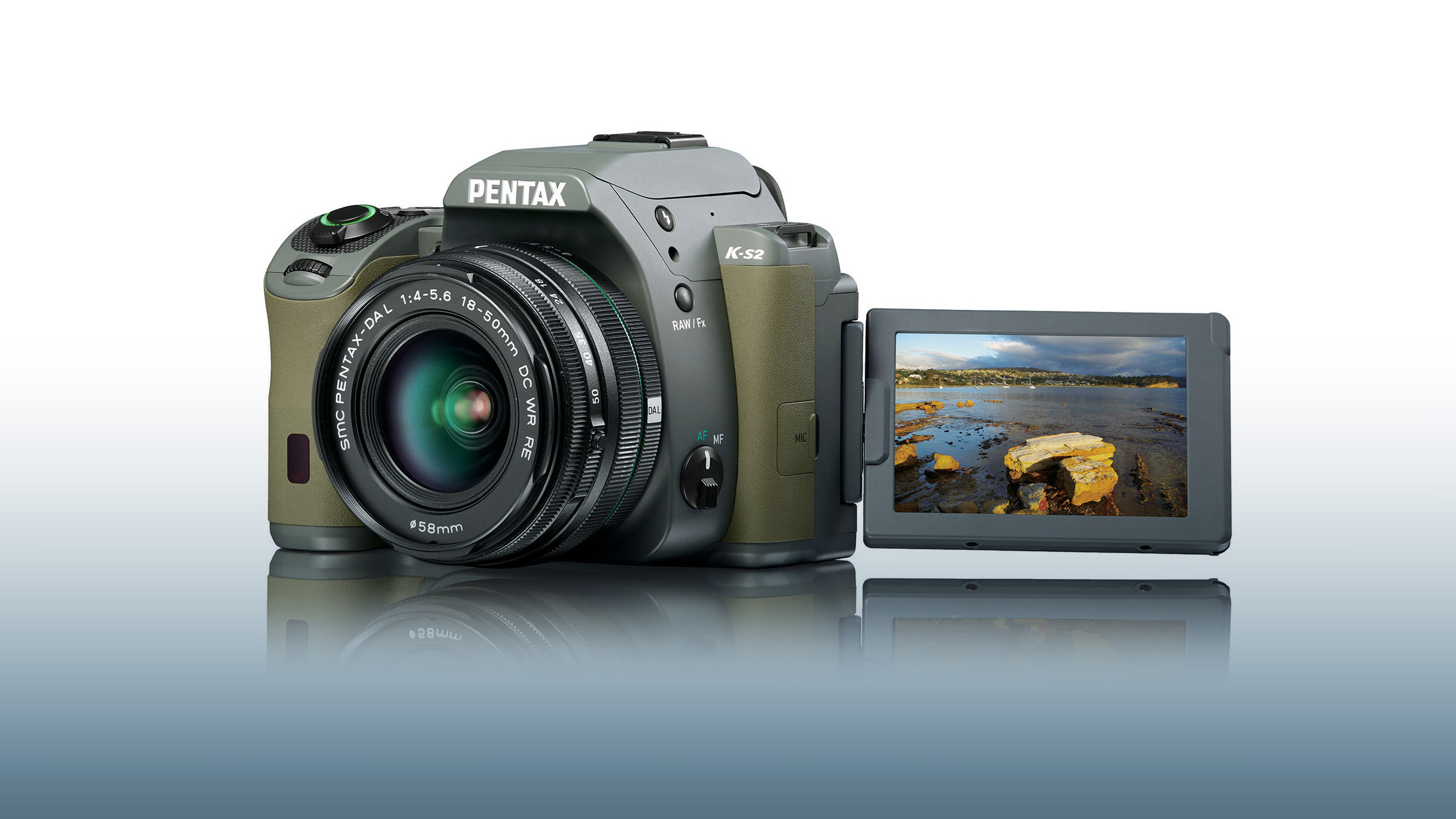Why you can trust TechRadar
As the K-S2 uses the same sensor and processor combination as the K-S1, I had little doubt that performance in terms of image quality would be almost identical.
Image quality is one of the best things about the K-S2's sibling, and it continues to impress well here. I found that the JPEG images are nicely saturated with vibrant colours which pop well even when using the 'Natural' setting.
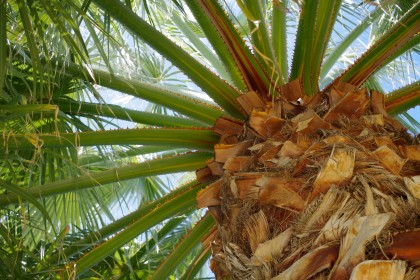
Click here for a full size version.

Click here for a full size version.
If you're shooting in raw format this gives you good scope for post-production adjustment and more muted results. Our labs results also show that the K-S2 puts in a good performance for dynamic range across the sensitivity range, being reasonably close to the Nikon D5500 – this is borne out in real world shooting, too and again it gives good scope for post-capture adjustment.
You can change the way colours look direct from the camera in a couple of different ways. First of all, you can choose a different 'Custom Image' – all the normal options are here including Portrait, Landscape and so on, but there are also a couple of 'out there' choices, like Bleach Bypass and Reversal Film, which are fun to experiment with. Alternatively, you can use one of the Digital Filters, which are generally a little wackier, but also worth a look.
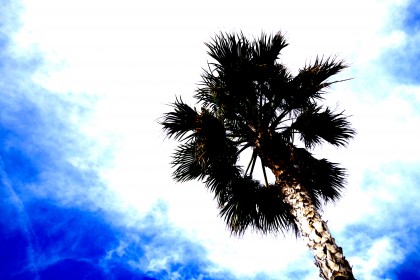
Click here for a full size version.
Sign up for breaking news, reviews, opinion, top tech deals, and more.
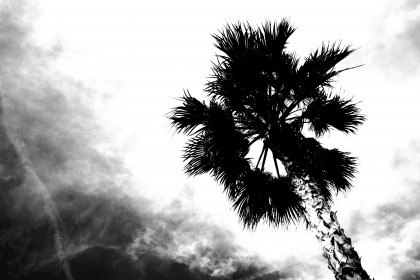
Click here for a full size version.
Sharpness and noise
As we saw before with the K-S1, the K-S2's sensor can resolve a good amount of detail, thanks in part to the removal of anti-aliasing filter. At 100% magnification on-screen JPEG images taken at low sensitivities appear very sharp and there's very little image smoothing. Even when looking at images shot at higher sensitivities, such as ISO 3200, detail is still resolved well, and at normal printing and web viewing sizes the overall impression of detail is fantastic.
The camera's Shake Reduction system also works well to combat blur in images, meaning you can use it one handed, or shoot quickly without worrying too much if the camera is 100% steady.
It's clear that the camera applies a fair amount of noise reduction when shooting at high sensitivities, as it's possible to see speckling and chroma noise in the raw files. This gives you good scope for applying your own noise reduction to raw files.
It's possible to shoot at a maximum sensitivity of ISO 51200, but it isn't something I'd recommend doing routinely as you will be left with very noisy and grainy images. The maximum setting that I'd generally recommend is ISO 12800, or below 3200 for the best quality. Our labs results indicate that the K-S2 performs very well for signal to noise ratio, both for JPEG and raw files – you can read more in depth analysis on the pages which follow this.

Click here for a full size version.
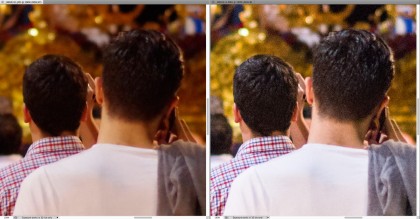
At the time of writing, it's not possible to open and edit the KS-2's PEF raw files using Adobe Camera Raw, but the camera can also shoot in DNG format, which is a universal raw format you should be able to open in any software with DNG support.
On the whole, the K-S2's automatic white balance system copes well with a variety of different light sources. However, at times it can be a little confused some scenarios, such as overcast, dim light. When shooting under artificial lighting, the camera is fairly capable, but it can err towards the warm side. For best accuracy, you can switch to a more appropriate white balance setting, such as Cloudy or Tungsten. Or, if you shoot in raw format, you can change this setting after the event if it hasn't quite got it right.
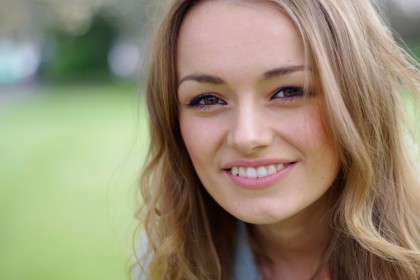
Click here for a full size version.
In most average situations, the camera's all-purpose metering system produces good exposures, but a little extra exposure compensation is required every now and then to get a bright, accurately exposed shot when light levels are a little on the dark side, or there's high contrast.
I've seen it before with some Pentax lenses, and it's a little unfortunate to see it here too, but purple fringing can sometimes be seen around edges in very high contrast situations when using the kit lens. It's not something that happens with every shot, but it's a shame to see it occurring at all.
On the plus side, autofocusing is quicker using this camera's kit lens than the one that accompanied the K-S1. Most of the time it will get the subject in focus quickly and easily, perhaps hunting a little more as light levels drop.

Click here for a full size version.

Click here for a full size version.

Amy has been writing about cameras, photography and associated tech since 2009. Amy was once part of the photography testing team for Future Publishing working across TechRadar, Digital Camera, PhotoPlus, N Photo and Photography Week. For her photography, she has won awards and has been exhibited. She often partakes in unusual projects - including one intense year where she used a different camera every single day. Amy is currently the Features Editor at Amateur Photographer magazine, and in her increasingly little spare time works across a number of high-profile publications including Wired, Stuff, Digital Camera World, Expert Reviews, and just a little off-tangent, PetsRadar.
